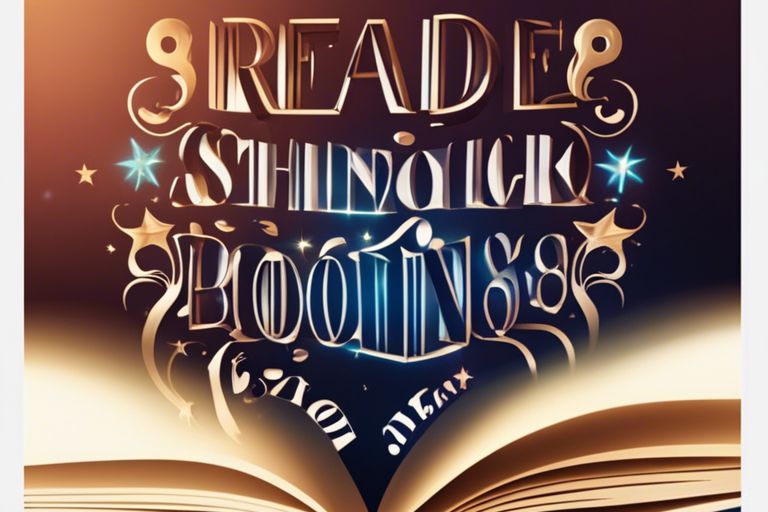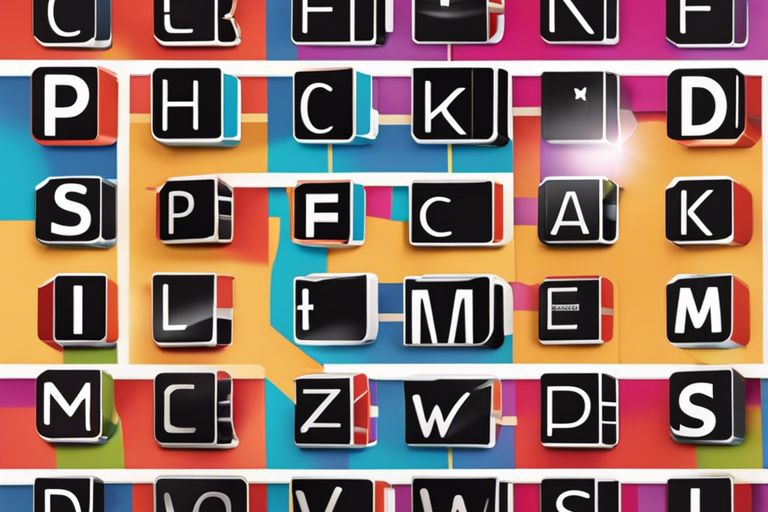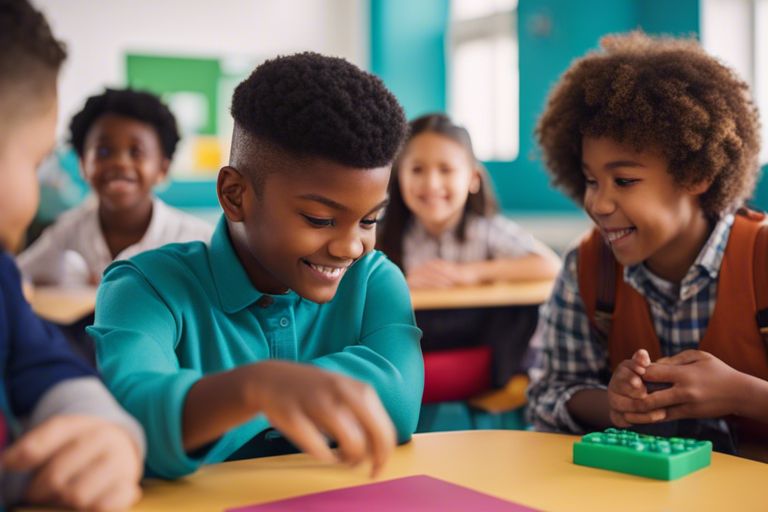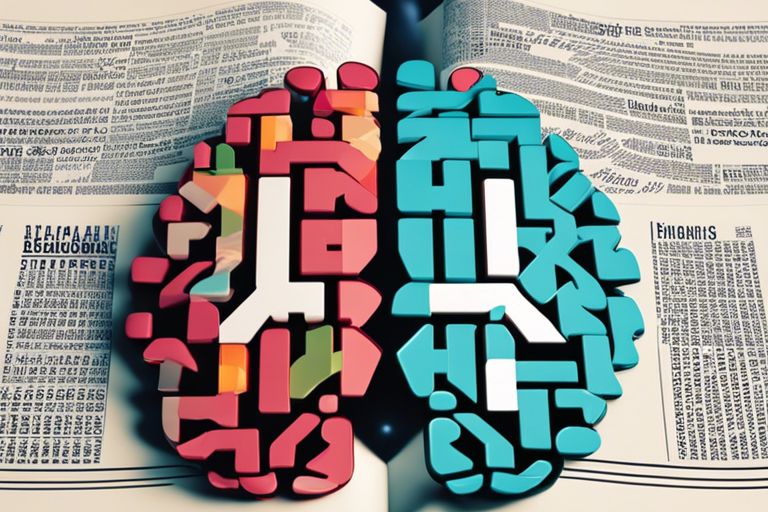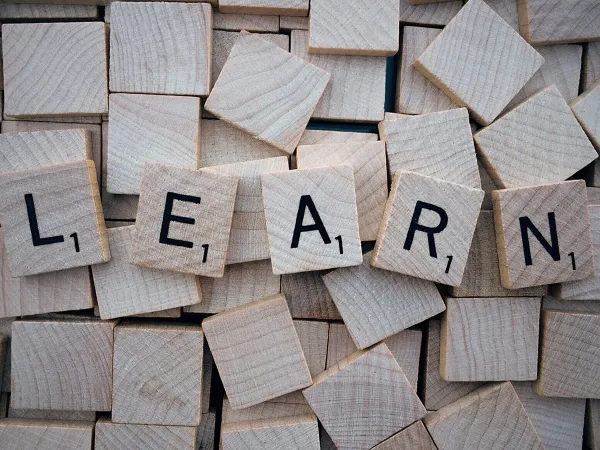Phonics is a fundamental aspect of early education that lays the foundation for children’s reading and writing skills. However, not all learners have the same needs or learning styles when it comes to mastering phonics. Customising phonics learning to suit individual needs is crucial for ensuring each child’s success in developing strong literacy skills. In this blog post, we will explore the importance of tailoring phonics instruction to accommodate the unique requirements of each learner, providing valuable insights and practical tips for parents and educators alike.
Key Takeaways:
- Phonics learning must be customised: Tailoring phonics learning to individual needs is crucial for effective learning progression.
- Assessment is key: Conducting regular assessments helps identify specific areas of difficulty and adjust teaching strategies accordingly.
- Utilise a variety of resources: Incorporating different phonics resources such as books, flashcards, and interactive games can cater to diverse learning styles.
- Provide targeted support: Offering one-on-one support or small group sessions can address individual difficulties and enhance learning outcomes.
- Monitor progress closely: Tracking each learner’s progress allows for ongoing adjustments and ensures continuous improvement in phonics skills.
Understanding Phonics and Individual Learning Styles
An Overview of Phonics Instructional Approaches
Phonics instructional approaches are varied and can cater to different learning styles. Some approaches focus on explicit instruction, where phonemes and graphemes are taught systematically. Others use a more holistic approach, incorporating visual aids and multisensory activities to engage learners.
Identifying Individual Learning Styles and Needs
Identifying individual learning styles and needs is crucial to customising phonics learning. By understanding how each learner processes information – whether they are visual, auditory, kinesthetic learners, or a combination – educators can tailor their approach to maximise understanding and retention.
Observing students during phonics activities can provide valuable insights into their preferred learning styles. For example, a student who struggles with phonemic awareness tasks but excels in remembering sight words may have a visual learning style. By identifying these individual needs, educators can adapt their teaching strategies to better support each learner.
Strategies for Customising Phonics Instruction
Assessing Learner Proficiency and Challenges
Before customising phonics instruction, it is crucial to assess each learner’s proficiency and challenges. Conducting a thorough assessment will help identify individual needs and tailor instruction accordingly. This could involve analysing decoding skills, phonemic awareness, sight word recognition, and other relevant factors.
Differentiating Phonics Instruction for Diverse Learners
When customising phonics instruction for diverse learners, it is crucial to consider their unique backgrounds, learning styles, and abilities. This involves adapting teaching methods, materials, and techniques to cater to each learner’s specific needs. By differentiating instruction, educators can ensure that all students receive the support they require to master phonics skills effectively.
Differentiating phonics instruction for diverse learners may include providing alternative activities, using multisensory approaches, offering individualised feedback, and adjusting the pace of instruction. By incorporating these strategies, educators can create a more inclusive and supportive learning environment where all learners can succeed.
Integrating Technology and Resources for Personalized Learning
The Role of Educational Technology in Phonics Learning
Educational technology plays a crucial role in enhancing phonics learning by providing interactive and engaging resources. Through the use of educational apps, online games, and software, children can strengthen their phonics skills in a fun and accessible way. These tools also allow for individualised learning experiences, catering to the specific needs of each child.
Selecting Appropriate Resources for Tailored Phonics Education
When selecting resources for tailored phonics education, it is imperative to consider the individual learning styles and preferences of the child. Interactive e-books, phonics workbooks, and online platforms offer a diverse range of materials to cater to different learning needs. By choosing resources that align with the child’s interests and abilities, educators can create a more personalised and effective phonics learning experience.
Monitoring Progress and Adapting Strategies
Methods for Tracking Phonics Progress
Tracking phonics progress is crucial to identify areas where learners may need additional support. Methods for tracking progress can include regular assessments, reading proficiency tests, and observations during phonics activities. By monitoring progress, educators can tailor their instruction to meet the specific needs of each learner.
Adjusting Instructional Approaches Based on Learner Development
Adapting instructional approaches based on learner development is crucial for effective phonics learning. Educators should consider factors such as the pace of learning, preferred learning styles, and any challenges faced by individual learners. By adjusting instructional approaches, educators can ensure that each learner is supported in their phonics development journey.
When adjusting instructional approaches, teachers can provide additional resources, offer one-to-one support sessions, incorporate multisensory activities, or adjust the pace of lessons to accommodate the learner’s unique needs. Flexibility in instruction is key to maximising the effectiveness of phonics learning for all learners.
Customising Phonics Learning for Individual Needs
Customising phonics learning for individual needs is necessary to cater to the diverse learning styles and abilities of students. By tailoring teaching methods, resources, and pace to suit each learner, educators can ensure that every child receives the support they require to develop strong literacy skills. Personalising phonics instruction can enhance engagement, comprehension, and retention, leading to better overall academic outcomes. It is crucial for teachers to assess students’ strengths and weaknesses, monitor progress, and adjust strategies accordingly to create a supportive and effective learning environment. By addressing individual needs, educators can empower students to overcome challenges, build confidence, and succeed in mastering phonics.
FAQ
Q: What is phonics learning?
A: Phonics learning is a method of teaching reading and writing that focuses on the relationship between sounds and their spellings in the English language.
Q: Why is customising phonics learning important for individual needs?
A: Customising phonics learning for individual needs is important because every learner has unique strengths, weaknesses, and learning styles that need to be taken into account for effective learning.
Q: How can phonics learning be customised for individual needs?
A: Phonics learning can be customised for individual needs by assessing each learner’s abilities, providing targeted support where needed, and adapting the pace and style of teaching to suit the learner.
Q: What are the benefits of customising phonics learning for individual needs?
A: Customising phonics learning for individual needs can lead to improved engagement, better retention of information, and increased confidence in learners, ultimately leading to better literacy outcomes.
Q: How can educators effectively customise phonics learning in a classroom setting?
A: Educators can effectively customise phonics learning in a classroom setting by conducting regular assessments, providing differentiated instruction, offering additional support where needed, and fostering a supportive learning environment that values individual differences.




